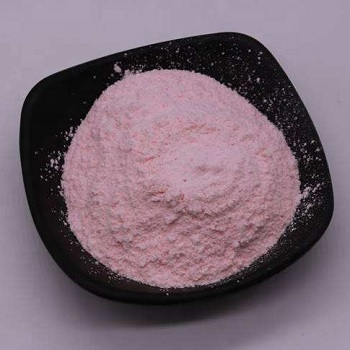The synthesis of cuprous oxide (Cu2O) is a fascinating chemical process that has intrigued scientists for centuries due to its wide range of applications in fields such as catalysis, solar energy conversion, and electronic devices[].
The thermal breakdown of copper(I) salts or compounds is one of the conventional processes for producing cuprous oxide. A typical method is to heat a copper(II) salt solution, such as copper(II) chloride (CuCl2), in the presence of a reducing agent, usually glucose or ascorbic acid, which is a weak reducing agent. As the temperature rises, this reaction reduces copper(II) ions to copper(I) ions, which is followed by the precipitation of cuprous oxide particles[]:
2CuCl2+2CH2OH(CHOH)4CHO+2H2O → 2Cu2O+2HCl+2CH3COOH
Another technique is the direct thermal interaction of copper metal with oxygen[]. This can be accomplished by thermally breaking down copper compounds in an environment high in oxygen or by carefully oxidizing copper metal. For example, cuprous oxide can be formed when copper metal is heated to temperatures exceeding 300°C in air or oxygen.
4Cu+O2→ 2Cu2O
Because cuprous oxide nanoparticles have different characteristics from bulk cuprous oxide, their production has attracted a lot of research. High surface area-to-volume ratios in nanoparticles can improve their catalytic activity and reactivity. Cuprous oxide nanoparticles with regulated size, shape, and crystallinity have been created using a variety of processes, including electrodeposition, chemical vapor deposition, and sol-gel approaches.
Green synthesis techniques have become viable substitutes for conventional methods in the manufacture of cuprous oxide in recent times. As precursors, these techniques usually make use of biomolecules, natural extracts, or ecologically safe reducing agents. For instance, under mild reaction conditions, plant extracts including polyphenols and flavonoids have been employed to convert copper ions to cuprous oxide nanoparticles. In addition to having positive effects on the environment, green synthesis gives the ability to modify the characteristics of cuprous oxide by selecting certain natural reducing agents and reaction parameters[].
Additional characterisation of the produced cuprous oxide materials may be achieved by means of methods like Brunauer-Emmett-Teller (BET) analysis, Fourier-transform infrared spectroscopy (FTIR), scanning electron microscopy (SEM), transmission electron microscopy (TEM), and X-ray diffraction (XRD)[]. These techniques for characterizing cuprous oxide particles aid in the comprehension of their shape, chemical makeup, surface characteristics, and crystal structure. This understanding enables the production of customized materials for particular uses and the optimization of synthesis parameters.
Reference
- Sawant, S. S., Bhagwat, A. D., & Mahajan, C. M. (2016). Synthesis of cuprous oxide (Cu2O) nanoparticles–a review. Журнал нано-та електронної фізики, (8,№ 1), 01035-1.
- Farghali, A. A., Bahgat, M., Allah, A. E., & Khedr, M. H. (2013). Adsorption of Pb (II) ions from aqueous solutions using copper oxide nanostructures. Beni-Suef University Journal of Basic and Applied Sciences, 2(2), 61-71.
- Bera, P., Priolkar, K. R., Sarode, P. R., Hegde, M. S., Emura, S., Kumashiro, R., & Lalla, N. P. (2002). Structural investigation of combustion synthesized Cu/CeO2 catalysts by EXAFS and other physical techniques: formation of a Ce1-x Cu x O2-δ solid solution. Chemistry of Materials, 14(8), 3591-3601.
- Bale, V.K., & Katreddi, H.R. (2022). Green synthesis, characterization and antimicrobial activity of nanosized Cuprous Oxide fabricated using aqueous extracts of Allium Cepa and Raphanus Sativus.
- Seifi, S., & Masoum, S. (2019). Preparation of copper oxide/oak-based biomass nanocomposite for electrochemical hydrogen storage. International Journal of Hydrogen Energy, 44(23), 11979-11988.

